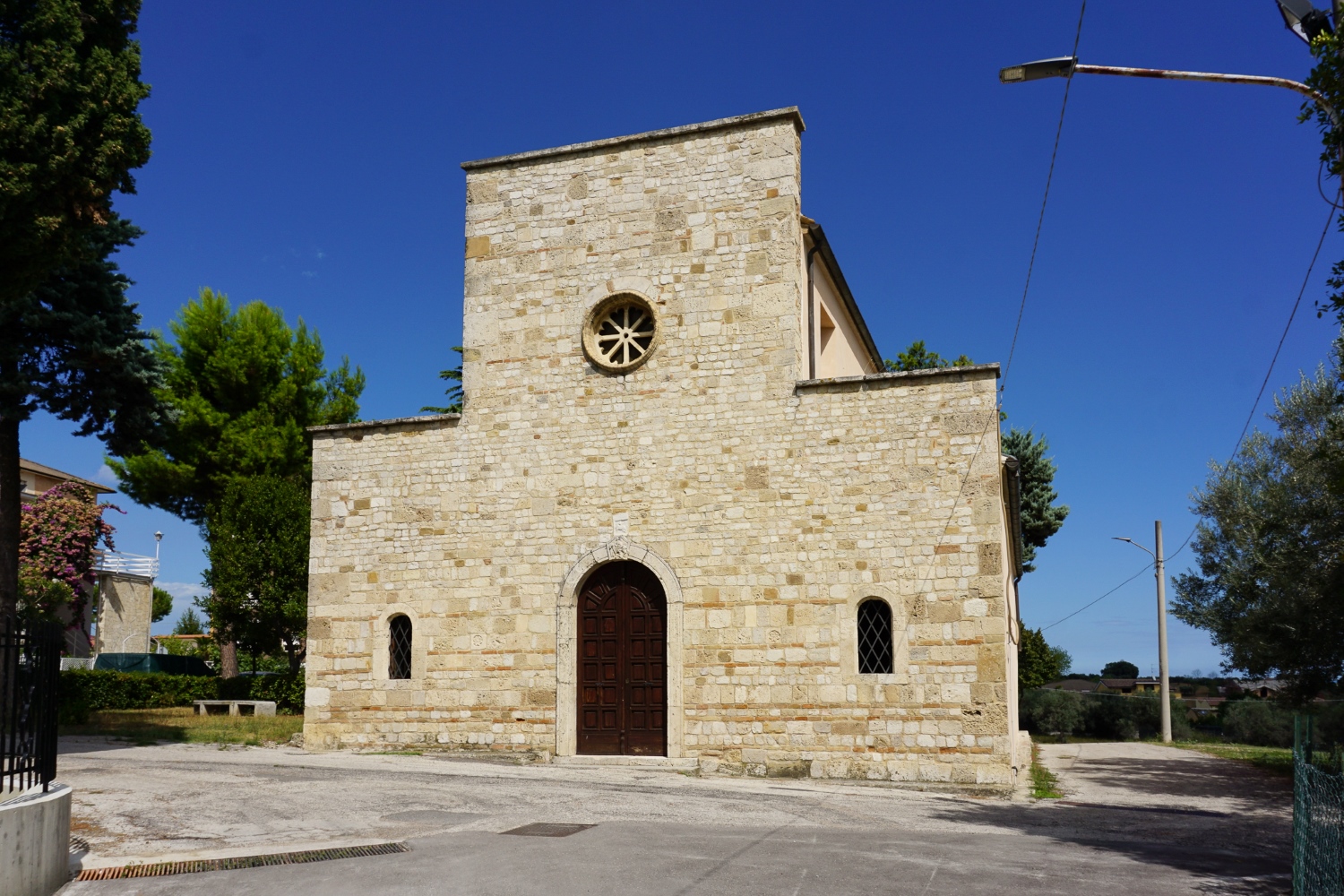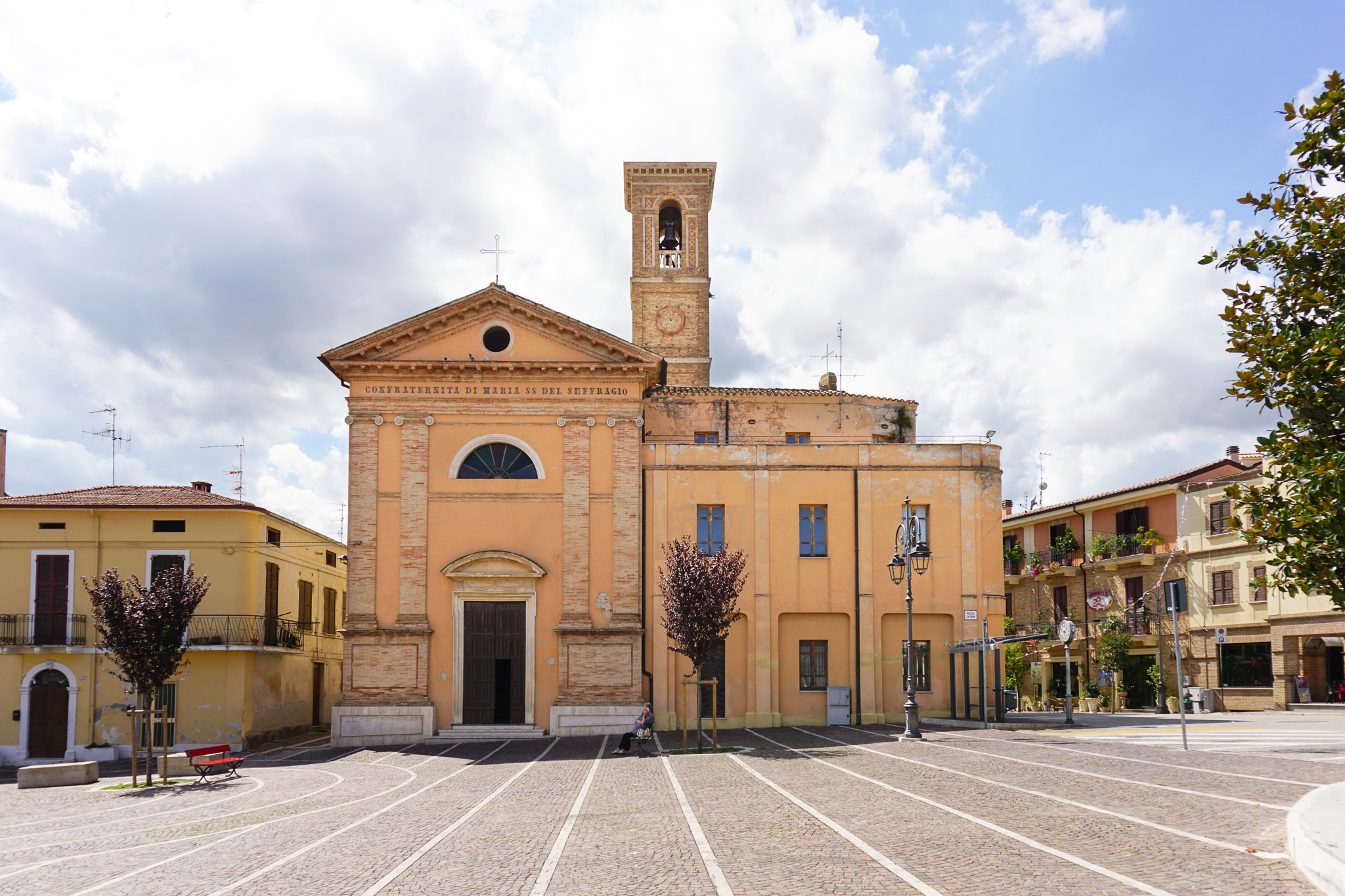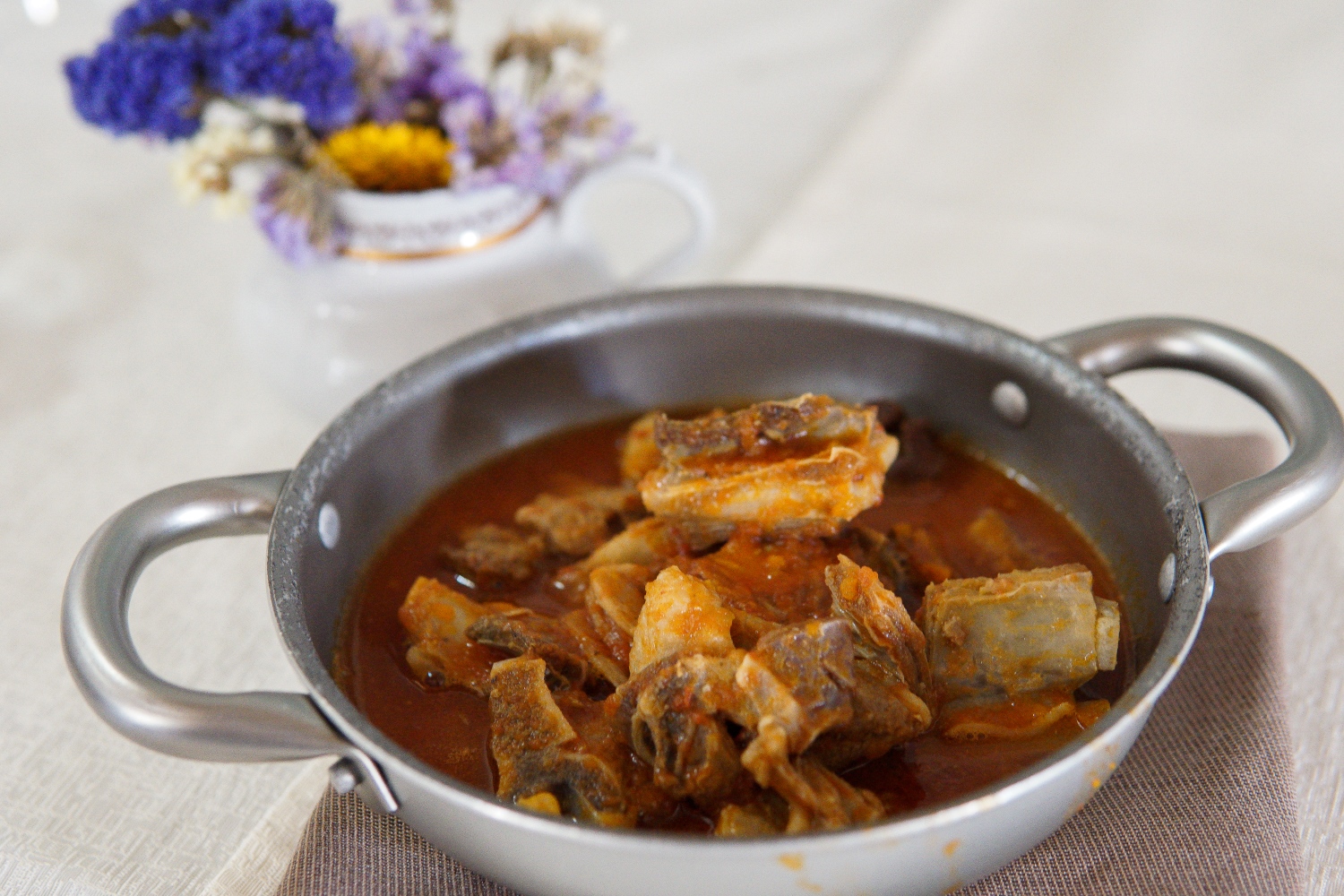It would have been founded by the Liburni, who came from the other side of the Adriatic, from present-day Croatia: leaving the banks of the Neretva river, they settled their first centre in Val Vibrata and called it Nereto, in memory of their place of origin.
Testimony to the ancient roots of the village are the remains from the Neolithic period, found in contrada Crocetta, including the remains of a dwelling called the ‘Paialonga hut’. In the Middle Ages, the village became part of the Duchy of Spoleto, then of the Kingdom of the Two Sicilies, then of the Papal States and then again of the Kingdom of Naples.
The symbol of the Neretese community is the Old Fountain. Built in 1881, it is characterised by three niches adorned with masked mouths, a wash house and drinking trough. Recently, given its central significance, it has been restored and reopened to the public.
Just outside the town, in the ancient Borgo Galliano, there are valuable artistic testimonies: the Church of San Martino, one of the oldest in Abruzzo, dating back to the beginning of the 12th century, with a portal that encloses an ancient relief of “San Martino and the poor”, and the Church of Santa Maria del Suffragio from 1676, characterised by two facades, distant but perpendicular, both of which seem to be the main one.
You will be amazed by the presence of contemporary works of art: the bronze sculpture of Saint Martin of Tours on horseback by the artist Franco Murer, the monument to Sandro Pertini by the artist Michele Zappino, and the Madonna of Consolation by the artist Ubaldo Ferretti. Especially noteworthy, at the entrance to the town, is the Monument to Multiculturalism, a bronze work by the Neretese artist Francesco Perilli, depicting the universal man and 8 doves in an effort to unite the 8 meridians of the Earth.
At this point in your walk, take a well-deserved break! Stop to taste some typical dishes: ‘capra alla neretese’, a recipe related to sheep-farming, based on goat morsels stewed for a long time to make them tender, accompanied by red peppers, and “turkey alla neretese”, traditionally eaten especially on Saint Martin’s Day. All seasoned with a drizzle of excellent extra virgin olive oil.










